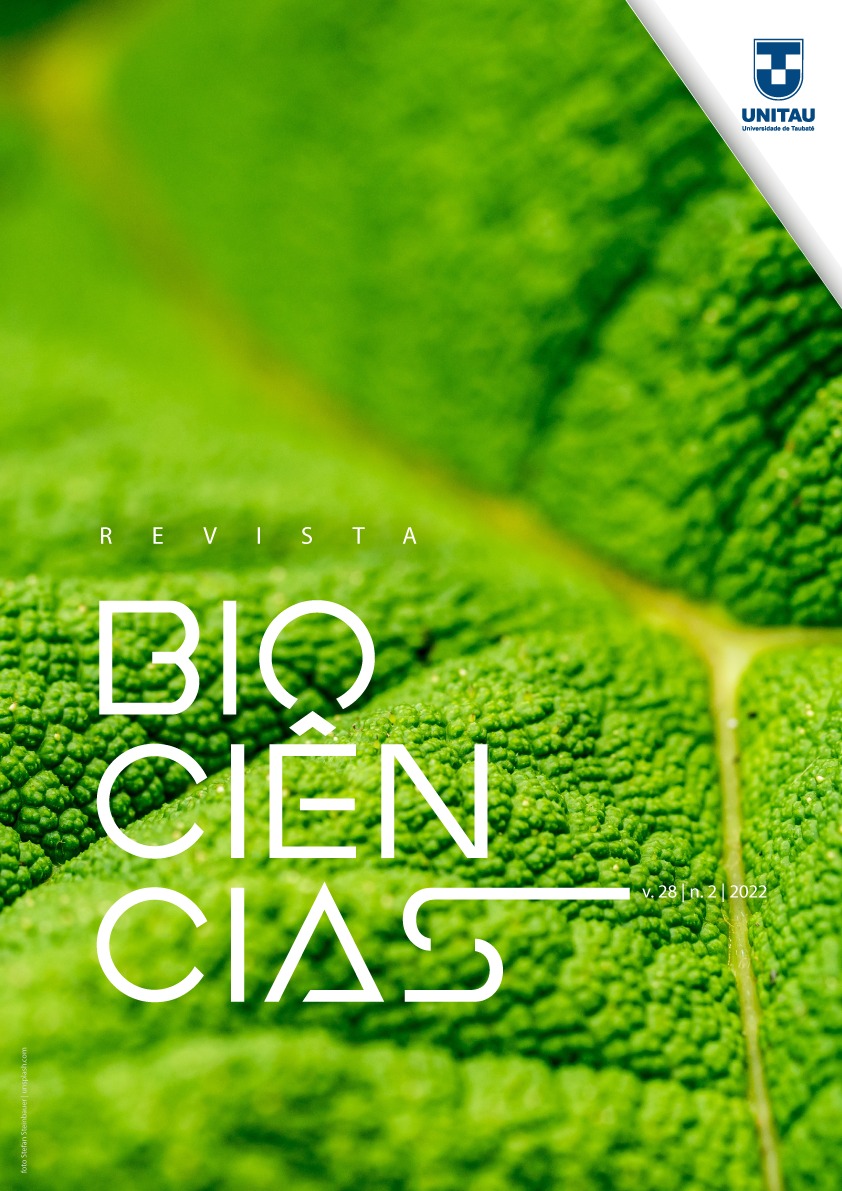Comparison of length and element concentrations in lichens of urban environment and Atlantic rain forest
Abstract
Monitoring environment quality is essential to propose interventions that reduce the presence of toxic products that threaten living beings. The use of lichens as bioindicators has been shown to be effective, due to the sensitivity of these organisms. In that regard, the objective of this study was to measure the length and determine the content of chemical elements in lichens in the urban environment and in a primary forest, to assess the impact of urbanization. In an Atlantic rain forest conservation unit in Pindamonhangaba (SP) and in an urban square in Taubaté (SP), the length of lichens present on the trunks of 30 trees in each environment was estimated, with the aid of a measuring tape positioned on two sides of the trunks and, in these same individuals, the material was collected to determine the levels of P, K, Ca, Mg, S, Cu, Fe, Mn, Zn, Cd, Pb and Ni. There was a higher occurrence of lichens in the primary forest than in the urban environment. Comparatively, the urban environment presented higher levels of P, K, S, Cu, Fe and Zn, while in the primary forest higher levels of Ca, Mg and Mn were found. Pb, Ni and Cd were not detected in both environments. Worrying levels of pollution were not identified, but the lichens showed impacts of urbanization.






